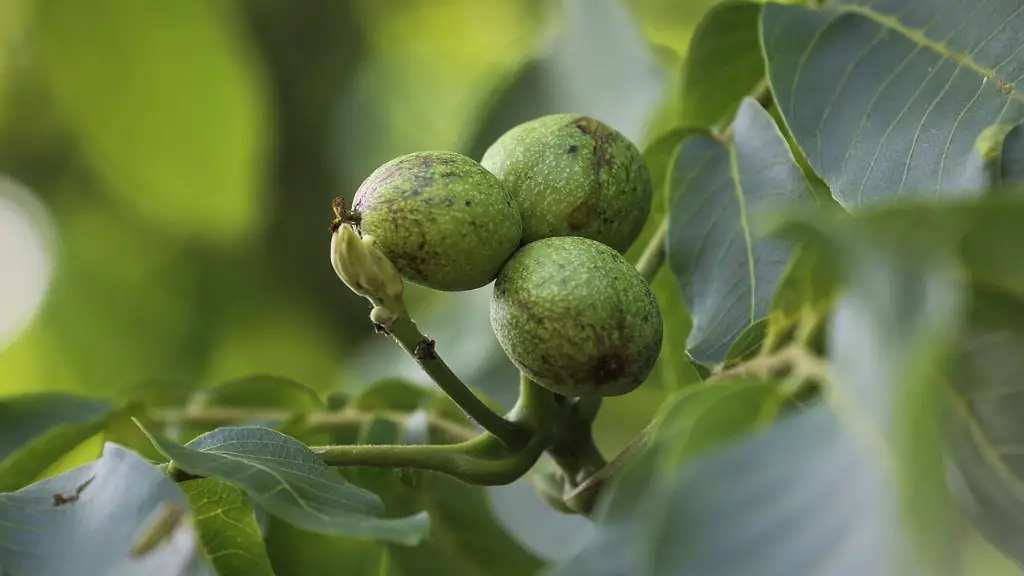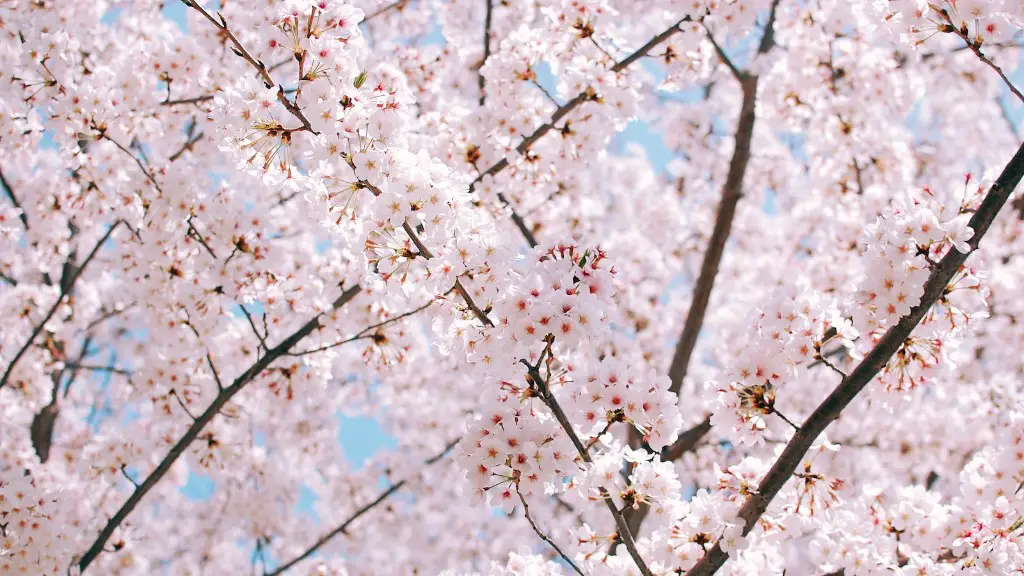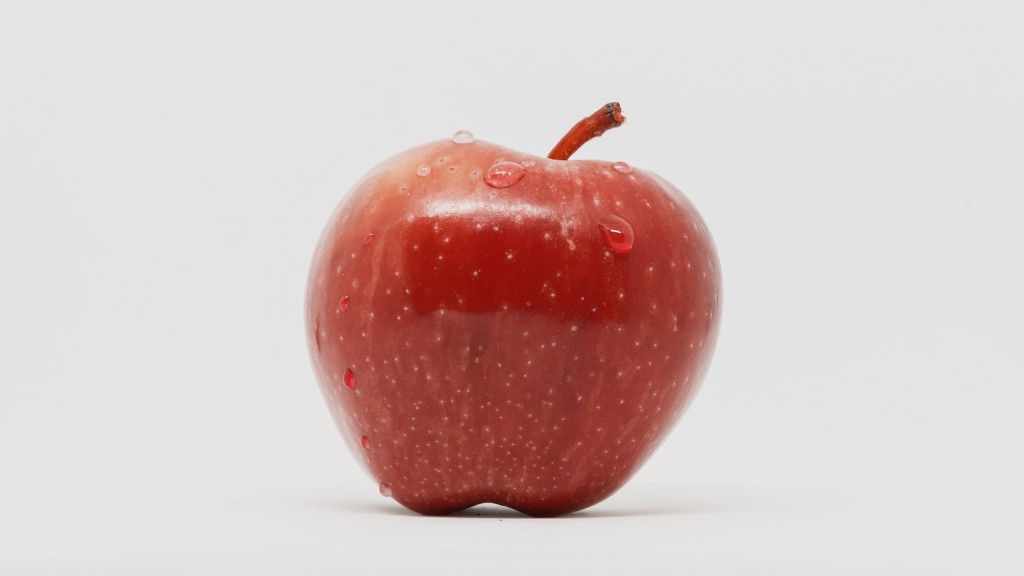Lemon trees are one of the most popular citrus trees to grow in pots. They are beautiful, fragrant, and produce an abundance of fruit. But like all citrus trees, they have certain needs that must be met in order to thrive. With a little care and attention, your lemon tree will provide you with years of enjoyment.
A lemon tree in a pot needs to be watered regularly, as the roots are confined and cannot access ground moisture. The tree should be checked for moisture every few days, and water added as necessary to keep the soil moist but not soggy. The tree will also need to be fed every month or so with a half-strength citrus fertilizer.
How do you take care of a potted lemon tree?
It is important to recreate the natural conditions of a plant when watering it, in order to ensure its health. drainage is also crucial to prevent waterlogging, which can lead to plant rot. Finally, allowing the plant to dry out between watering will help to prevent fungal growth.
Meyer Lemon Trees are a type of citrus tree that is known for its delicious fruits. In order to keep your Meyer Lemon Tree healthy and productive, it is important to water it regularly. Check on your soil once a week to see if it is dry. If it is dry to the touch 2 inches below the surface, it is time to water your tree. Slowly pour water into the pot and count to 20, or wait until you see water running out of the bottom of the pot. Generally, Meyer Lemon Trees need water every one to two weeks.
Do lemon trees in pots need full sun
Lemon trees require full sun to grow, so make sure you choose a spot that gets at least 6 to 8 hours of direct sunlight each day. If you’re growing lemon trees indoors, place them in front of a south-facing or sunny window. When you’ve found the perfect spot, it’s easy to plant your lemon tree. Just dig a hole that’s twice as wide and deep as the tree’s root ball, then gently place the tree in the hole and backfill with soil. Water thoroughly to help your lemon tree get off to a good start.
Lemon trees are a great addition to any home, and growing them in containers is a great way to enjoy their fresh fruit and fragrant blossoms. When growing lemon trees in containers, the needs are very similar to lemon trees growing in the ground. The lemon trees will need good drainage, so make sure the pot has drainage holes. They will also need consistent and regular watering.
Where is the best place to put a potted lemon tree?
Lemon trees require a lot of light in order to produce fruit, so the optimal place for a lemon tree would be in a south-facing window. If you don’t have enough light, you can supplement with a grow light.
Lemon trees are a beautiful addition to any home and with proper care can last for many years. On average, lemon trees have a lifespan of over 50 years, but with proper care and disease prevention practices, a vigorous tree can live over 100 years. Diseases can shorten the life of a lemon tree, but good care leads to a strong, healthy tree less susceptible to diseases.
How do I know if my lemon tree is overwatering?
If the leaves of your lemon tree start to turn yellowish, this can be an early sign of overwatering. The leaves will eventually begin to drop, and the roots will become mushy and black. If you think your tree is overwatering, adjust your watering schedule and be sure to allow the tree to drain thoroughly after each watering.
It’s important to not over or underwater your citrus plants. Too much or too little water can be deadly for these plants. Be sure to use tap water that is fine, but avoid softened water as it can contain sodium salts.
How cold is too cold for a potted lemon tree
Lemon, lime, and citron trees are not very tolerant of cold weather and will be damaged if the temperature drops below 25 degrees Fahrenheit. Early ripening varieties can be planted so that the fruit can be harvested before cold weather arrives.
If you’re growing a citrus tree in a container, it’s important to make sure that the soil doesn’t stay too wet. A young tree with a small root system may rot and die if the soil is too wet. An 8-inch diameter container is a good size for a new citrus tree. Two to three year old trees will need a 10 to 12 inch diameter container.
How long does it take for a potted lemon tree to bear fruit?
Lemon trees typically begin to bear fruit at three to five years old. However, this can vary depending on the rootstock. Some lemon tree cultivars are more prone to blossom drop, which can be frustrating for growers. Many of the newly forming fruits will fall off the tree before they can begin to grow.
A potted lemon tree can be a great addition to any home, yielding around 80-100 lbs of fruit per year. While this is not as much as an outdoor lemon tree, it is still a significant amount of fruit. Lemon trees are also known for their ornamental value and can make a great addition to any home.
What are three common problems that lemon trees can have
If you have a lemon tree, you may notice some problems with the leaves. These can include lesions, black moldy spots, fuzzy gray mold, and brown scabs. Each of these problems can be caused by different things, but they can all be treated.
Citrus canker is a disease that can cause lesions on lemon tree leaves. This disease is caused by a bacteria, and it can be spread by wind, rain, or even just touching the leaves. To treat this disease, you need to remove any affected leaves and burn them. You can also treat the tree with a copper-based fungicide.
Sooty mold is a type of fungus that can cause black moldy spots on lemon tree leaves. This fungus is often caused by aphids, which are tiny insects that feed on the sap of plants. To get rid of sooty mold, you need to get rid of the aphids. This can be done by spraying the tree with an insecticide or by using a natural predator, such as ladybugs.
Botrytis blight is another type of fungus that can cause fuzzy gray mold and brown spots on lemon tree leaves. This disease is often caused by too much moisture. To treat this disease,
Watering a newly potted plant is essential every alternate day so that the root ball gets hydration. Once the plant is established, watering can be tapered to twice a week and then once a week.
Can I put coffee grounds in my potted lemon tree?
Adding coffee grounds to the soil of a potted lemon tree can help to improve the tree’s health in several ways. The grounds can help to improve the acidity of the soil, which is important for lemon trees. The grounds can also provide additional nutrients to the soil, such as nitrogen and magnesium.
Citrus plants need to be repotted every two to three years. If your citrus plant is more than 2 and a half times the height of the pot, then it is ready to be repotted. Potting should ideally take place in the spring or early summer when the plant begins to show signs that it is growing.
Can a potted lemon tree go outside
Citrus in pots can be put outdoors in summer, in a sheltered sunny position, but only when temperatures increase, from mid-June until late September. Keep some fleece handy in case of sudden cold nights in early summer. Low temperatures will inhibit flowering and may cause damage or even death.
Citrus trees do not go dormant like many other plants, so they need sufficient light and some humidity during the winter (although their growth will slow during this time). Citrus trees require at least four to five hours of sunlight each day. They also need humidity, so if you live in a dry climate, you may need to provide a humidifier for your citrus tree during the winter.
Warp Up
Assuming you would like tips on how to care for a lemon tree in a pot:
-Pick a pot that is at least 18” wide and has good drainage.
-Use a well-draining, quality potting mix.
-Place the pot in an area that receives full sun for at least 6 hours per day.
-Water the tree regularly, keeping the soil moist but not soggy.
-Fertilize monthly with a citrus fertilizer.
-Prune the tree as needed to shape and control growth.
Lemon trees in pots require regular watering, but they are susceptible to root rot, so the soil should be allowed to dry out between watering. They also need plenty of sunlight, so a south-facing window is ideal. Fertilize your lemon tree every six weeks with a half-strength citrus fertilizer.





